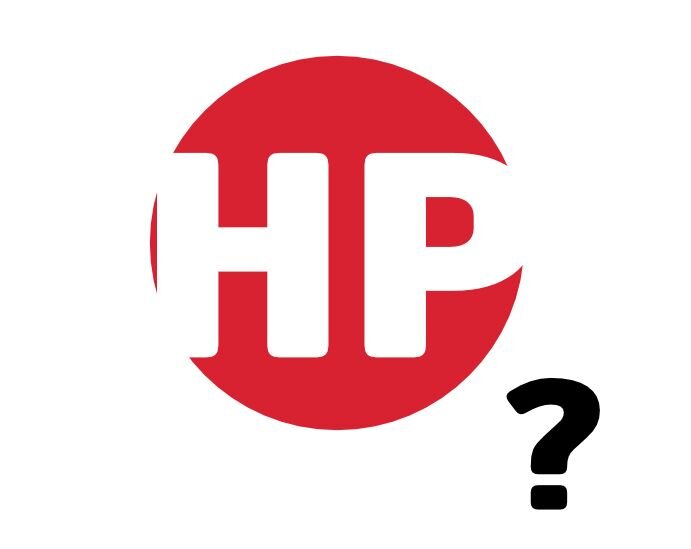A report from CNN reveals that Xerox is considering a hostile takeover of HP.
We’ve speculated that Xerox would be making a move in some big way within the industry, and this might be it, or part of it.
At first you might think this is a strange strategy, as the much smaller Xerox (current market capitalization of near US$8B) is attempting to buy the much larger HP (current market capitalization of US$32B). However, it seems that Xerox and their board of directors feel they are able to obtain the necessary funding to do so.
The “hostile” in “hostile takeover” means that HP current management and board are not interested in the takeover bid, and have apparently rejected two previous “friendly” offers from Xerox. Instead, Xerox will attempt to persuade holders of HP stock to sell to them at a set premium price. If Xerox is able to collect a sufficient number of shares, they can then take action.
What action? According to CNN:
“The copier company said Thursday it will nominate 11 new directors to replace HP’s entire board at HP’s upcoming shareholder meeting.”
That move would effectively put friendlies on HP’s board and they would no doubt immediately agree to proceed with the takeover bid.
None of this has happened yet, but if it should end up with a combined HP / Xerox entity (“XP”? “XeroP”? “XerHP”? “HerPox”?) it may be time to consider the effects on the 3D printing industry.
The two companies are both involved in 3D printing, albeit at different levels. Both come from a “paper oriented” past, where for decades they provided primarily printing and photocopying equipment, supplies and services to enterprises. As we all now realize, such technologies are not long for the world, and any operation depending on them should start moving on to the next technology.
3D Printing at HP
In the case of HP, they have chosen 3D printing as one of their escape strategies. They hope to gradually develop their 3D printing technologies into options suitable for large-scale manufacturing. It seems each time I see them, they talk about the “US$12T (trillion) opportunity” in the manufacturing space, and their goal is to take a big chunk of it.
Over the course of several years, HP has developed a well-regarded set of 3D printers providing some unique capabilities that are mostly targeted at manufacturers. Their equipment can 3D print in plastics and metals, and even in full color.
3D Printing At Xerox
Xerox is a bit different. They have long been a company with a significant research component. Notably, their wholly-owned subsidiary Palo Alto Research Center (PARC), has invented dozens of critical technologies used worldwide today, including Ethernet, laser printing, GUIs, object oriented programming and even the humble mouse. The company has many technology options to pursue as the paper engine diminishes.
Xerox’s forays into 3D printing have been relatively minor. To date their major step has been the acquisition of Vader Systems, a small startup producing a metal 3D printing system based on electrical resistive heating of welding wires. However, we haven’t seen a significant take up of this system yet.
Xerox’s other steps in 3D printing we’ve seen recently include some software that uses AI techniques to predict stress tolerance, which could be deployed as a plugin for SOLIDWORKS.
It seems to me that HP would currently be ahead of Xerox, at least in terms of 3D printing technologies and deployment.
Of course, Xerox would not purchase HP for its 3D printing technology alone. No, they no doubt have a master plan to combine the vast assets of both parties in a complementary manner.
Combine HP Xerox 3D Printing
Could this affect 3D printing? Yes, indeed. Here are some effects that could occur:
-
The two companies have enormous professional sales and distribution networks, particularly Xerox. However, it’s not clear how tight these forces are with manufacturers, as opposed to office-based clients.
-
Both companies have metal 3D printing technologies, but they are quite different in nature, and likely could operate in a complementary manner, with each addressing a different set of clients.
-
Xerox and HP (but mostly Xerox) own countless patents on all types of processes. It is very possible that between the two of them, they could combine intellectual property together to create new 3D printing processes that are more scalable for manufacturing.
-
If combined, their budgets for 3D printing endeavours could be much larger, if the new entity wished to continue with a 3D printing agenda. This could mean increased marketing and development of new technologies. In fact, they could very well end up being the largest player in the space, budget-wise.
At this point, nothing has happened. We’ll have to wait and see how the hostile takeover plays out, and it’s entirely possible HP has a “poison pill” mechanism hidden, ready for this moment to spoil the deal.
Via CNN


